Colombia history is a captivating saga of diverse indigenous cultures, Spanish conquest, independence struggles, political turbulence, and efforts towards peace and development. From the pre-Columbian civilizations that flourished in its territories to the complex socio-political landscape of the modern era, Colombia’s history reflects a dynamic interplay of influences, conflicts, and resilience. In this comprehensive exploration, we will delve into key periods and milestones, examining the various forces that have shaped the nation known for its biodiversity, vibrant culture, and geographic contrasts.
Pre-Columbian Colombia:
Before the arrival of European explorers, the region now known as Colombia was home to a rich tapestry of indigenous cultures. Among the prominent civilizations were the Muisca in the highlands around Bogotá, the Tayrona on the Caribbean coast, and the Zenú in the northwest. Each group had its own cultural practices, social structures, and economic systems.
The Muisca, for example, were known for their intricate goldwork and the El Dorado legend, in which a tribal leader ceremonially covered himself in gold and offered treasures to Lake Guatavita. The Tayrona, with their advanced agricultural practices and skilled metalworking, developed the city of Ciudad Perdida in the Sierra Nevada de Santa Marta, an impressive archaeological site.
Spanish Conquest and Colonial Period (16th – 19th centuries):
Christopher Columbus reached the Caribbean coast of present-day Colombia during his fourth voyage in 1502. The Spanish conquest of the region began in earnest in the early 16th century, with explorers such as Alonso de Ojeda and Rodrigo de Bastidas. In 1510, Vasco Núñez de Balboa crossed the Isthmus of Panama and became the first European to glimpse the Pacific Ocean.
In 1538, the Spanish established the Viceroyalty of New Granada, which included present-day Colombia, Venezuela, Ecuador, and Panama. Bogotá became the capital of the Viceroyalty. Spanish colonization led to the exploitation of indigenous labor, the imposition of Catholicism, and the introduction of the encomienda system.
During the colonial period, Cartagena, on the Caribbean coast, became a crucial port for transporting goods to and from Spain. The city’s defensive walls, built to protect against pirate attacks, still stand today as a UNESCO World Heritage site.
Independence Struggles (1810 – 1821):
The early 19th century witnessed the wave of independence movements sweeping through Latin America. Influenced by Enlightenment ideals and inspired by the successful revolutions in North America and Europe, various regions sought freedom from Spanish rule.
In Colombia, the struggle for independence began with the uprising in Bogotá on July 20, 1810, known as the “Patria Boba” (Foolish Fatherland). Initially, there were debates over whether to seek autonomy within the Spanish crown or outright independence. However, by 1816, under leaders like Simón Bolívar and Francisco de Paula Santander, the goal shifted towards full independence.
Colombia played a significant role in Bolívar’s campaign to liberate northern South America from Spanish rule. The Battle of Boyacá in 1819 was a pivotal moment, leading to the establishment of Gran Colombia, a short-lived republic that included present-day Colombia, Venezuela, Ecuador, and Panama. Bolívar became the first president of Gran Colombia, and Santander served as vice president.
Gran Colombia and Its Dissolution (1821 – 1831):
Gran Colombia faced internal conflicts and external pressures, including border disputes and the involvement of foreign powers. The congress in Cúcuta in 1821 ratified a constitution for the newly formed republic, emphasizing a strong executive branch and central authority. Bolívar, who had grand visions of a united South America, struggled to maintain stability amid regional differences.
In 1830, Gran Colombia dissolved as Venezuela and Ecuador seceded, leaving Colombia as a separate entity. The ensuing years were marked by political unrest, including civil wars and struggles for power between conservative and liberal factions. The division between these two political ideologies would continue to shape Colombian politics for much of its history.
The Conservative-Liberal Wars (19th Century):
Throughout the 19th century, Colombia experienced a series of conflicts between conservative and liberal forces, known as the Conservative-Liberal Wars. These ideological struggles were fueled by differences in social, economic, and political visions for the country.
The liberal movement, advocating for secularism, individual freedoms, and a federalist system, clashed with conservative forces, who favored a centralist government and a strong role for the Catholic Church. The conflicts resulted in numerous civil wars, such as the War of a Thousand Days (1899–1902), which left a devastating impact on the country.
The Panama Canal and Separation (1903):
At the turn of the 20th century, the construction of the Panama Canal became a focal point in the geopolitics of the region. The United States, seeking a shortcut between the Atlantic and Pacific Oceans, supported Panama’s separation from Colombia. In 1903, aided by American intervention, Panama declared its independence.
The Hay–Bunau-Varilla Treaty granted the United States control over the Panama Canal Zone. The separation of Panama was a significant blow to Colombia’s territorial integrity and contributed to anti-American sentiments in the country.
La Violencia (1948 – 1958):
The mid-20th century brought a dark chapter in Colombian history known as “La Violencia.” The period was marked by political violence, particularly between conservative and liberal factions, resulting in mass atrocities and displacement.
The spark for La Violencia was the assassination of Liberal Party leader Jorge Eliécer Gaitán in 1948, an event that led to widespread rioting in Bogotá, known as the Bogotazo. The ensuing power struggle between conservatives and liberals escalated into a brutal conflict that claimed the lives of an estimated 200,000 people.
The National Front and Economic Development (1958 – 1974):
In the aftermath of La Violencia, a power-sharing agreement known as the National Front was established in 1958. This accord between conservatives and liberals aimed to bring stability to Colombia by alternating the presidency between the two parties every four years. While it reduced political violence, the National Front also marginalized other political movements.
During this period, Colombia experienced economic growth, particularly in industries like coffee and oil. The 1970s saw the rise of drug trafficking, with Colombia becoming a major producer of cocaine. This marked the beginning of a complex relationship between drug cartels, paramilitary groups, and the Colombian government.
The Rise of Drug Cartels and Internal Conflict (1980s – 1990s):
The 1980s and 1990s were marked by the rise of powerful drug cartels, such as the Medellín and Cali cartels, which gained international notoriety for their involvement in the production and distribution of cocaine. The era saw high levels of violence, with cartels engaging in conflicts not only with each other but also with the government.
Pablo Escobar, the leader of the Medellín Cartel, became one of the most infamous figures in the drug trade. The Colombian government, with support from the United States, launched efforts to combat drug trafficking. Escobar’s death in 1993 marked a symbolic victory, but the drug trade’s influence persisted.
Simultaneously, Colombia grappled with internal armed conflicts involving leftist guerrilla groups, such as the Revolutionary Armed Forces of Colombia (FARC) and the National Liberation Army (ELN). Paramilitary groups, often associated with drug cartels, were also active. The Colombian government’s efforts to combat these groups led to widespread human rights abuses and displacement of civilians.
Peace Process and Modern Colombia (2000s – Present):
The early 21st century brought renewed efforts towards peace and stability. In 2012, the Colombian government, under President Juan Manuel Santos, initiated peace talks with the FARC in Havana, Cuba. After years of negotiations, a historic peace agreement was reached in 2016, leading to the disarmament of FARC rebels. However, the implementation of the agreement faced challenges, and violence persisted in certain regions.
In 2016, Santos was awarded the Nobel Peace Prize for his role in the peace process. The peace agreement marked a significant step towards ending decades of armed conflict, but challenges remained, including the reintegration of former combatants and addressing the root causes of the conflict.
Despite progress in the peace process, Colombia continues to face socio-economic challenges, including issues of inequality, corruption, and regional disparities. The country’s diverse geography, ranging from the Andes Mountains to the Amazon rainforest, presents both opportunities and challenges for economic development and environmental conservation.
In recent years, Colombia has sought to diversify its economy and attract foreign investment. Tourism has also played a growing role, with visitors drawn to the country’s natural beauty, historic sites, and vibrant culture. However, challenges such as coca cultivation, environmental concerns, and social inequality persist.
Conclusion:
Colombia’s history reflects a complex interplay of indigenous heritage, colonial conquest, independence struggles, political conflicts, and efforts towards peace and development. From the pre-Columbian civilizations that flourished on its diverse landscapes to the modern challenges of the 21st century, Colombia’s narrative is one of resilience, transformation, and diversity.
The struggles for independence, the scars of La Violencia, the rise of drug cartels, and the recent peace process with insurgent groups have all left indelible marks on Colombia’s history. The nation’s journey towards stability and prosperity continues, shaped by a commitment to addressing social, economic, and environmental challenges.
As Colombia navigates the complexities of the modern era, its history serves as a testament to the strength and adaptability of its people. The ongoing pursuit of peace, development, and social justice reflects a collective effort to shape a future that honors the diverse cultural heritage and geographical richness of this South American nation.


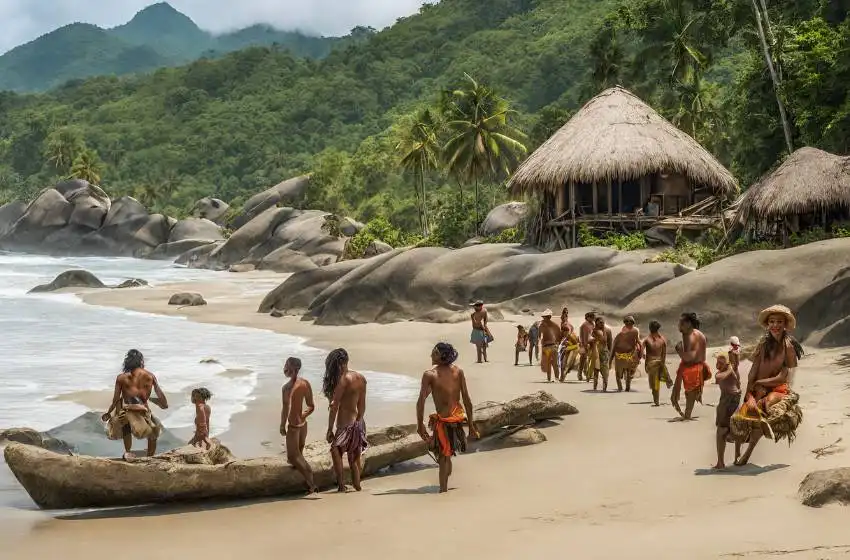
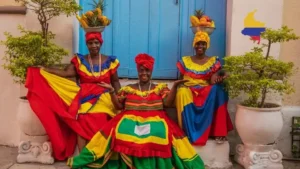
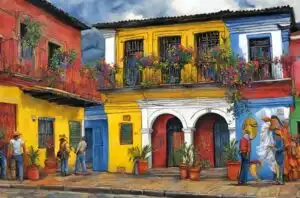

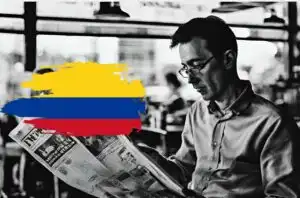
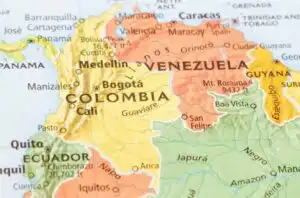




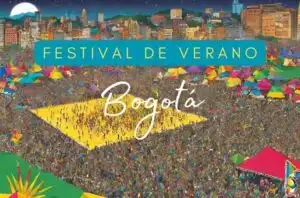
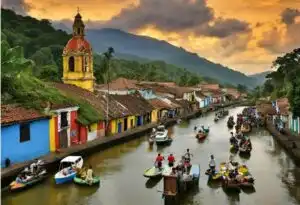

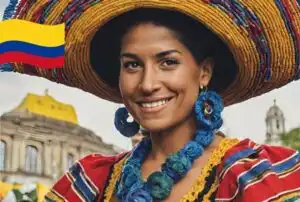
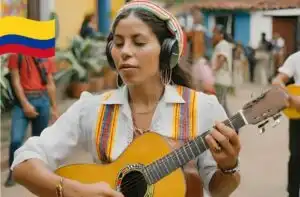
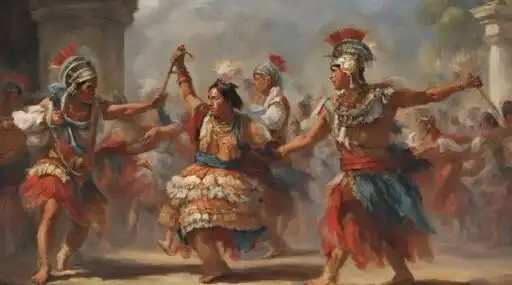

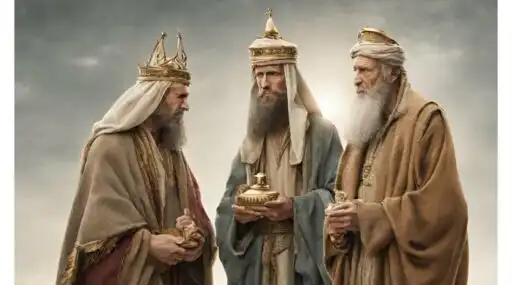
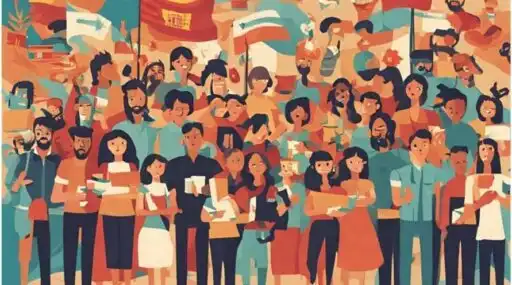



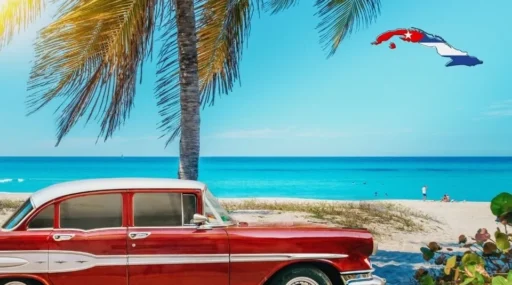
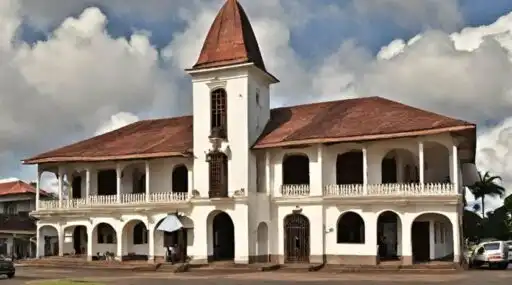

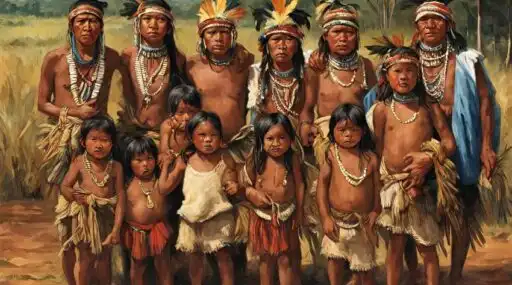

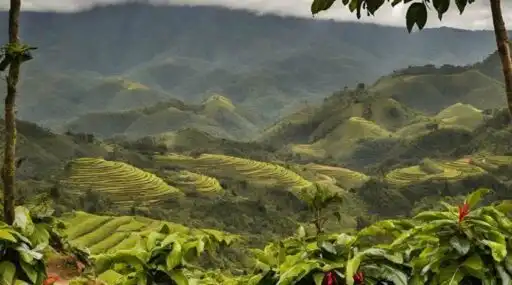
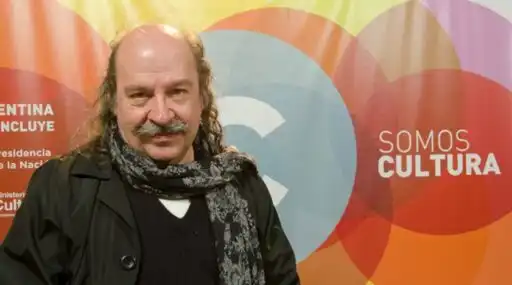




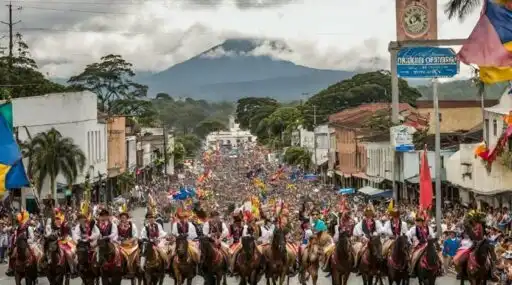
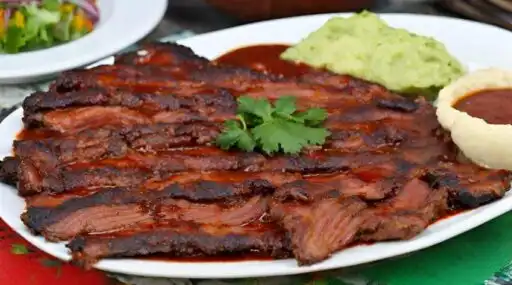

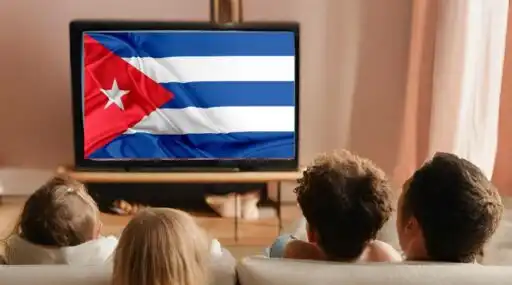



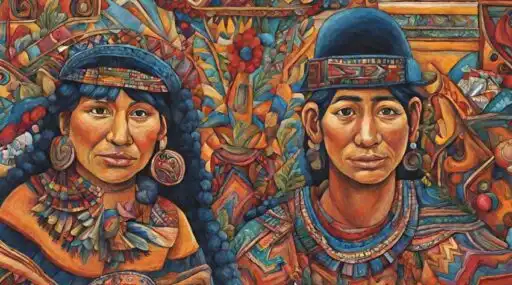



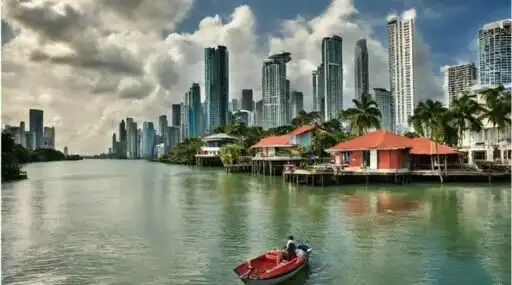
Leave a Reply